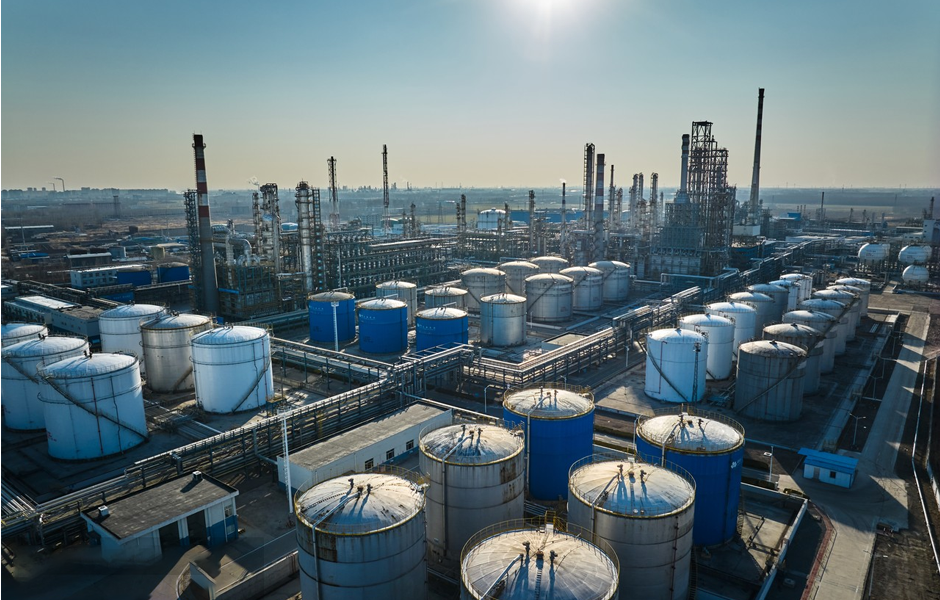Services
01.
Safety pre-evaluation
Safety pre-evaluation, safety acceptance evaluation, safety status evaluation, major hazard source evaluation, safety condition inspection and evaluation before trial production, port and terminal safety evaluation, "three simultaneous" safety evaluation, green manufacturing system evaluation, chemical equipment demolition construction safety service capability level evaluation, responsibility care evaluation, etc.
View Detail
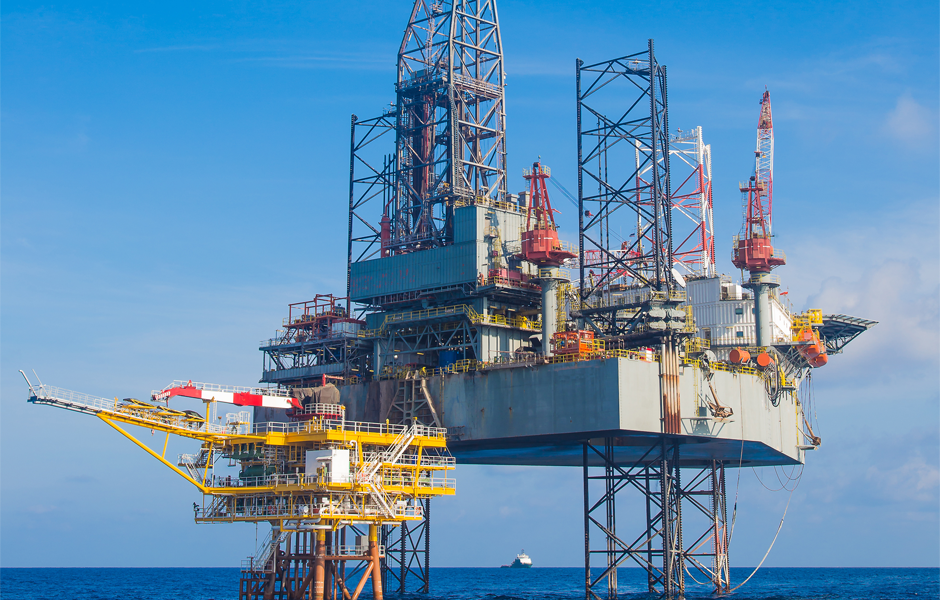
02.
Acceptance evaluation
Safety acceptance evaluation Before the construction project is completed or after the construction is completed, the safety facilities, equipment and devices that are designed, constructed and put into production and use at the same time, put into production and use at the same time, check the in place of safety management measures, check the soundness of safety production rules and regulations, check the establishment of emergency rescue plans for accidents, review and determine the compliance of the construction project to meet the requirements of safety production laws, regulations, standards, and specifications, and determine the overall operation status and safety management status of the construction project, and make the conclusion of the safety acceptance evaluation.
View Detail

03.
Safety status evaluation
In response to accident risks, safety management and other situations in production and operation activities, identify and analyze their existing hazards and harmful factors, review and determine their compliance with the requirements of production safety laws, regulations, standards and specifications, predict the possibility of accidents or occupational hazards and their severity, propose scientific, reasonable and feasible safety countermeasures and measures, and make conclusions on the safety status evaluation.
View Detail
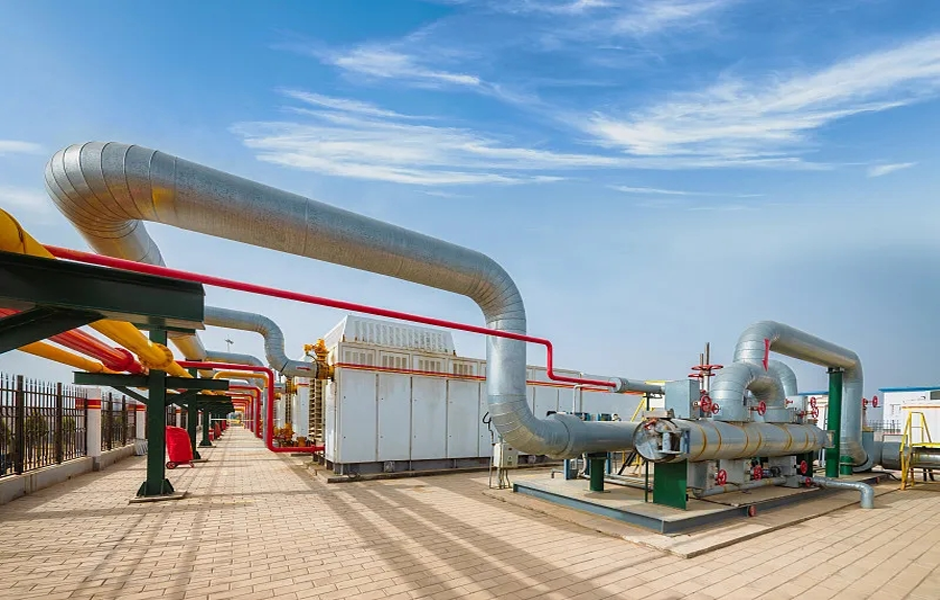
04.
Risk Assessment
The "Guidelines for Investigating and Controlling Safety Risks in Chemical Parks" stipulates that chemical parks should conduct overall safety risk assessments of chemical parks at least every three years, propose countermeasures and measures to eliminate, reduce, and control safety risks and implement them effectively. If the "four to" scope of the chemical park, or the large change in the number of major hazardous sources may lead to a significant increase in the overall safety risk of the chemical park, or the increase in the safety risk level requires management according to the high (A) or higher (B) risk level, or if a large or above occurs or causes major social impacts, an overall safety risk assessment should be carried out again.
View Detail
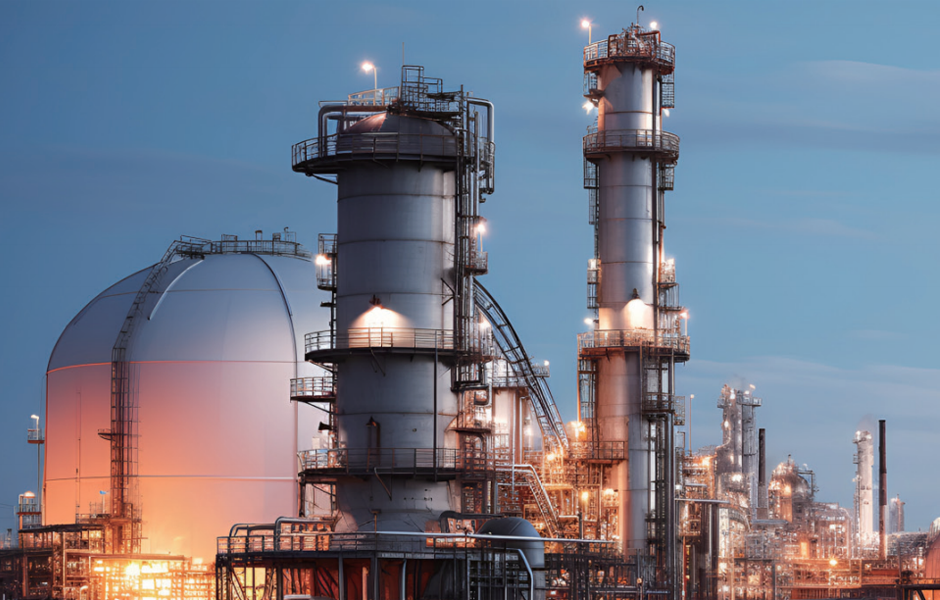
05.
Hidden danger investigation
Hidden danger inspection is a measure to conduct hidden dangers that may lead to dangerous conditions of the items, unsafe behaviors of people and management defects in daily production and operation by the production and operation units, through the "Safety Inspection Table Method" and "Accident Hazard Reminder Table Method". The purpose is to deepen the investigation and control of hidden dangers for production safety accidents, thoroughly rectify the hidden dangers investigated and dealt with, curb the occurrence of new safety hazards, form a long-term mechanism for the investigation and control of hidden dangers for production safety accidents, and resolutely curb the occurrence of major accidents.
View Detail
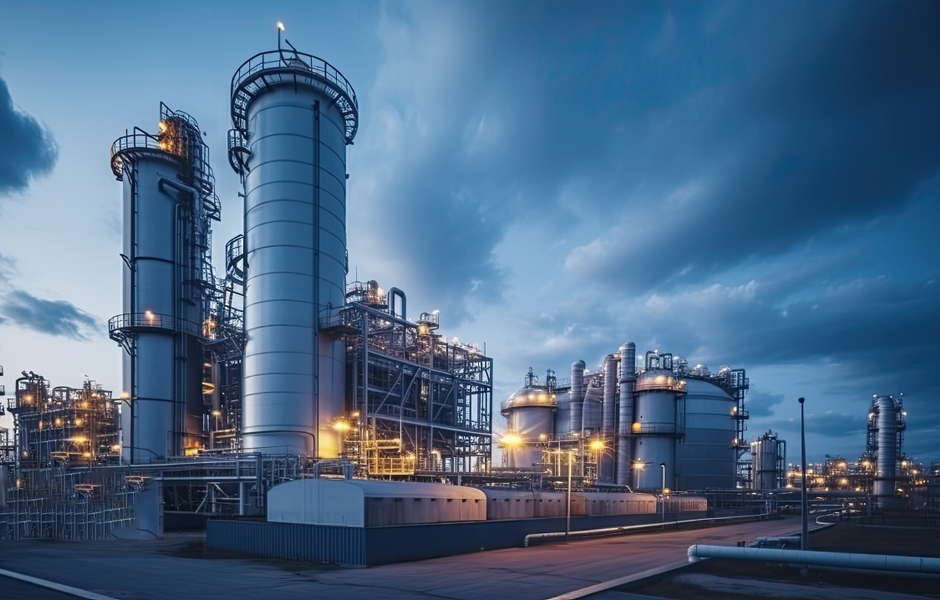
06.
HAZOP Analysis/SIL Verification
HAZOP analysis (hazard and operability analysis) is one of the most widely used evaluation methods in hazard (safety) analysis of process systems (including process industries). The method comprehensively and systematically studies every element in the system, in which important parameters deviate from the hazards and operability problems caused by specified design conditions. On this basis, the results of the HAZOP analysis are verified through SIL (Safety Integrity Level) analysis and the grade is defined, thereby completing the quantitative safety evaluation of the entire production system.
View Detail
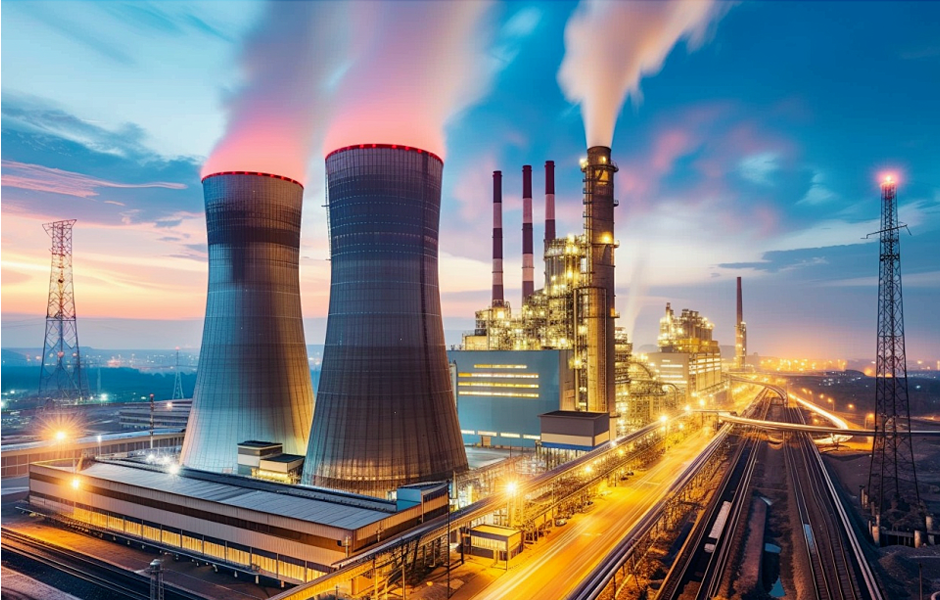
07.
RCM
RCM is currently a systematic engineering method used internationally to determine the installation (equipment) preventive maintenance needs and optimize the maintenance system. According to the national military standard GJB1378-92 "Development Requirements and Methods of Equipment Preventive Maintenance Outline", RCM is defined as: "In accordance with the principle of maintaining the inherent reliability and safety of equipment with the minimum resource consumption, use logical decision-making methods to determine the requirements of equipment preventive maintenance." The basic idea is to analyze the system's functions and faults, clarify the consequences of each fault in the system; use standardized logical decision-making procedures to determine the preventive countermeasures of each fault consequence: through on-site fault data statistics, expert evaluation, quantitative construction and other means, with the goal of ensuring safety and integrity, the minimum maintenance shutdown loss and minimum maintenance resource consumption.
View Detail
